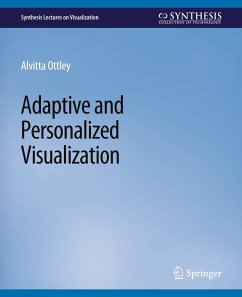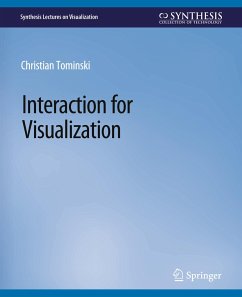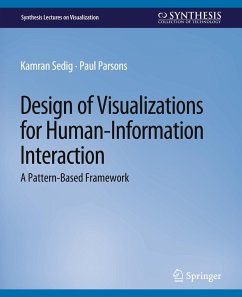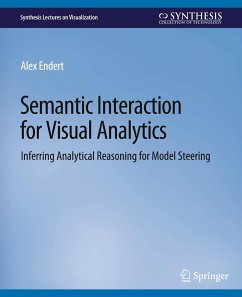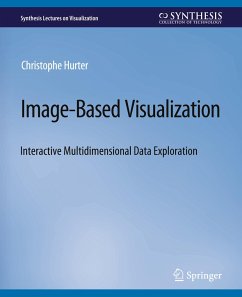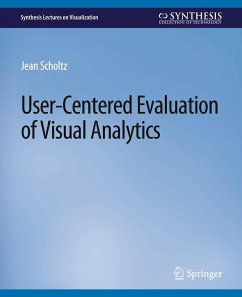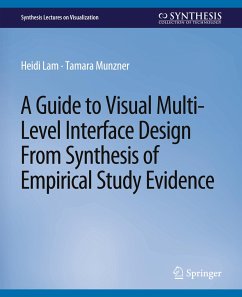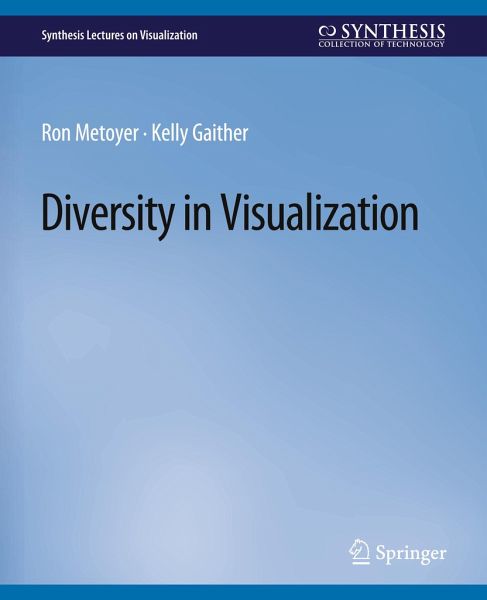
Diversity in Visualization

PAYBACK Punkte
0 °P sammeln!
At the 2016 IEEE VIS Conference in Baltimore, Maryland, a panel of experts from the Scientific Visualization (SciVis) community gathered to discuss why the SciVis component of the conference had been shrinking significantly for over a decade. As the panelists concluded and opened the session to questions from the audience, Annie Preston, a Ph.D. student at the University of California, Davis, asked whether the panelists thought diversity or, more specifically, the lack of diversity was a factor.This comment ignited a lively discussion of diversity: not only its impact on Scientific Visualizati...
At the 2016 IEEE VIS Conference in Baltimore, Maryland, a panel of experts from the Scientific Visualization (SciVis) community gathered to discuss why the SciVis component of the conference had been shrinking significantly for over a decade. As the panelists concluded and opened the session to questions from the audience, Annie Preston, a Ph.D. student at the University of California, Davis, asked whether the panelists thought diversity or, more specifically, the lack of diversity was a factor.
This comment ignited a lively discussion of diversity: not only its impact on Scientific Visualization, but also its role in the visualization community at large. The goal of this book is to expand and organize the conversation. In particular, this book seeks to frame the diversity and inclusion topic within the Visualization community, illuminate the issues, and serve as a starting point to address how to make this community more diverse and inclusive. This book acknowledges that diversity is a broad topic with many possible meanings. Expanded definitions of diversity that are relevant to the Visualization community and to computing at large are considered. The broader conversation of inclusion and diversity is framed within the broader sociological context in which it must be considered. Solutions to recruit and retain a diverse research community and strategies for supporting inclusion efforts are presented. Additionally, community members present short stories detailing their ""non-inclusive"" experiences in an effort to facilitate a community-wide conversation surrounding very difficult situations.
It is important to note that this is by no means intended to be a comprehensive, authoritative statement on the topic. Rather, this book is intended to open the conversation and begin to build a framework for diversity and inclusion in this specific research community. While intended for the Visualization community, ideally, this book will provide guidance for any computing community struggling with similar issues and looking for solutions.
This comment ignited a lively discussion of diversity: not only its impact on Scientific Visualization, but also its role in the visualization community at large. The goal of this book is to expand and organize the conversation. In particular, this book seeks to frame the diversity and inclusion topic within the Visualization community, illuminate the issues, and serve as a starting point to address how to make this community more diverse and inclusive. This book acknowledges that diversity is a broad topic with many possible meanings. Expanded definitions of diversity that are relevant to the Visualization community and to computing at large are considered. The broader conversation of inclusion and diversity is framed within the broader sociological context in which it must be considered. Solutions to recruit and retain a diverse research community and strategies for supporting inclusion efforts are presented. Additionally, community members present short stories detailing their ""non-inclusive"" experiences in an effort to facilitate a community-wide conversation surrounding very difficult situations.
It is important to note that this is by no means intended to be a comprehensive, authoritative statement on the topic. Rather, this book is intended to open the conversation and begin to build a framework for diversity and inclusion in this specific research community. While intended for the Visualization community, ideally, this book will provide guidance for any computing community struggling with similar issues and looking for solutions.



